With the exponential growth of unstructured information in today's businesses, the need for Data Scientists to dig in and reveal valuable insights has become inevitable.
But what kind of job market insights can we reveal by analyzing the data available on these profiles? and what are the main trends in today's job market for Data Scientists?
Market insights : (Powered by Riminder)
About Riminder :
At Riminder, We provide business with an AI-powered infrastructure to assess, score and rank talent pools.
Insights :
Data Scientists are one of the most sought-after profiles currently, and the need for such profiles is only getting bigger.
Through our analysis we gathered information about Data Scientist profiles around the globe, here are some of the most relevant insights we drew:

- Python: Python is the most common coding language typically required in data science roles. Because of its versatility, you can use Python for almost all the steps involved in data science processes. It can take various formats of data and you can easily import SQL tables into your code. It allows you to create datasets and you can literally find any type of dataset you need on Google. This is why the majority of Data Scientists use Python as their major programming language.
- R: R is not far behind Python. It once was the primary language for data science. But as the insights reveal, it is still in demand. The roots of this open source language are in statistics, and it’s still very popular with statisticians. You can use R to solve any problem you encounter in data science. In fact, most data scientists are using R to solve statistical problems.
- Data Analysis: Data analysis is a process of inspecting, cleansing, transforming, and modeling data with the goal of discovering useful information, informing conclusions and supporting decision-making. This is a key skill for Data scientists, in fact, many of them started as Data Analysts working with businesses and trying to figure out solutions to different problems using data analysis.
- Machine learning: If you’re at a massive company with large amounts of data or employed at a company where the data-driven product is present. (e.g., Google, Netflix, Facebook), it may be the situation, where you should already be familiar with machine learning methods. This can mean things like ensemble methods, random forests, k- nearest neighbors, etc. It’s a fact that many of these techniques can be executed using Python and R libraries.
- Matlab: Matlab is a great data science tool. It is fully developed, well supported and has a lot of high-complexity modeling functions built in as well as integrations for a lot of engineering and industrial applications of data science. It also integrates well with systems like Tensorflow and Keras.
- Statistics: Good knowledge of statistics is vital for a data scientist. You need to have an idea of distributions, statistical tests, maximum likelihood estimators, etc. The Statistics/Math is essential for all company types, but specifically data-driven enterprises where stakeholders will rely on your support to make design and decisions, also evaluate experiments.
- SQL: SQL (structured query language) is a programming language that can help you to carry out operations like add, delete and extract data from a database. It can also help you to carry out analytical functions and transform database structures. You need to be proficient in SQL as a data scientist. This is because SQL is specifically designed to help you access, communicate and work on data. It gives you insights when you use it to query a database. It has concise commands that can help you to save time and lessen the amount of programming you need to perform difficult queries.
- Java: Despite having what is arguably the largest footprint in an enterprise deployment, Java is not getting much love these days as it has been challenged by new programming languages. However, in terms of specific data science functions, Java can be used for many of the same processes: Data import and export, Cleaning data, Machine learning, etc.
- Data mining: Data mining is the process of discovering patterns in large data sets to predict outcomes involving methods at the intersection of machine learning, statistics, and database systems. This is a basic skill for most Data Scientists.
- C++: Although not immediately obvious, C++ is used in Big Data along with the other programming languages (Python, Java, Scala, etc.). C++ keeps popping up in the data science space as it’s a relatively simple, but powerful language. When you need to compute large data sets quickly and your algorithm isn’t predefined, C++ can help.
After talking about the top 10 skills Data scientists usually work with, it's time to see what are the companies with most paid Data Scientist paths. Through our analysis we create the chart bellow ranking the top 10 companies with the most Data Scientists profiles :

Now that we've learned about top Data Scientists Skills and companies, it's time to look at their early beginnings and see how they kicked off their careers.
As you can see below, many of these profiles start their professional career in a Research position (research assistant, postdoctoral research, undergraduate research, etc.) or a Software development position (Software engineer, Software developer, etc.)

